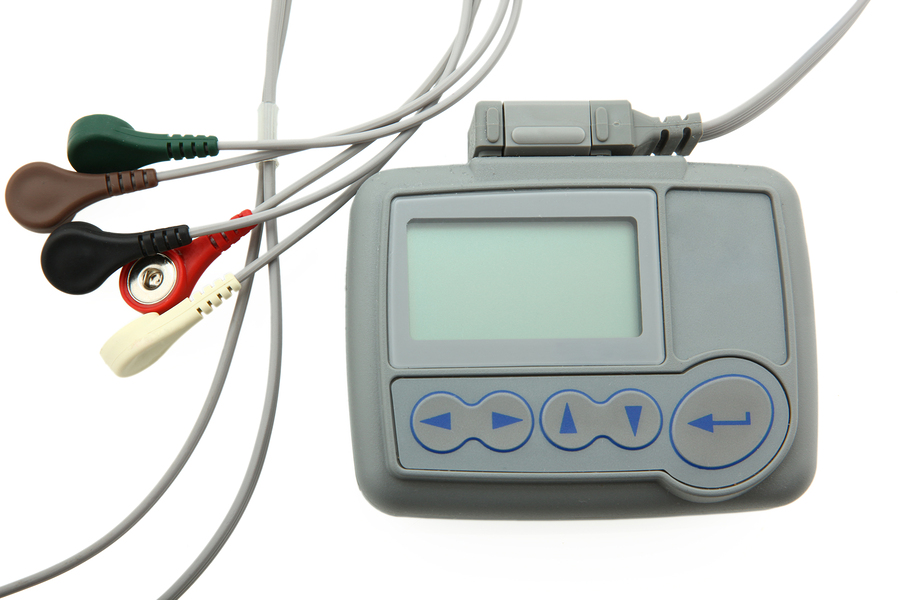

Patient diaries are encouraged so that the cause of sudden changes in blood pressure can be evaluated. Patients can start or stop recordings and they can read the displayed results if they wish. The measurement frequency can be varied, but it is usually between 20-30 minutes while awake and 30-60 minutes while sleeping. Most devices use either brachial artery microphones to detect Korotkoff sounds or cuff oscillometry where cuff pressure oscillations are detected.

Multiple readings are useful for evaluating the effectiveness of high BP treatments in patients who have commenced medication or other therapy. Patients often experience “white coat” hypertension (elevated BP in the presence of a doctor) and are wrongly diagnosed with high BP. This is because a 24 hour reading is more reliable than a simple one off reading. This trend is supported by evidence that 24-hour blood pressure profiles may be superior to isolated clinic pressures. Duplication for commercial use must be authorized in writing by ADAM Health Solutions.Non-invasive ambulatory blood pressure monitoring (ABPM) is being increasingly used to assess patients with hypertension. Links to other sites are provided for information only - they do not constitute endorsements of those other sites. A licensed physician should be consulted for diagnosis and treatment of any and all medical conditions. The information provided herein should not be used during any medical emergency or for the diagnosis or treatment of any medical condition. This site complies with the HONcode standard for trustworthy health information: verify here. Learn more about A.D.A.M.'s editorial policy editorial process and privacy policy. is among the first to achieve this important distinction for online health information and services. follows rigorous standards of quality and accountability. is accredited by URAC, for Health Content Provider (URAC's accreditation program is an independent audit to verify that A.D.A.M. You may be asked to exercise while being monitored if your symptoms have occurred in the past while you were exercising.Ī.D.A.M., Inc. It is very important that you accurately record your symptoms and activities so the provider can match them with your Holter monitor findings.Įlectrodes must be firmly attached to the chest so the machine gets an accurate recording of the heart's activity.Ĭontinue your normal activities while wearing the monitor.


 0 kommentar(er)
0 kommentar(er)
